This pink rice is grown in a lab by combining rice with beef muscle, bone and fat cells, thereby providing an alternative to meat.
The rice grains were coated with fish gelatin so that the beef cells could adhere to them, then grown in a shallow dish for 11 days, resulting in a product containing 8% more protein and 7% more fat than regular rice.
"Imagine getting all the nutrients you need from cell-cultured protein rice. Rice is already high in nutrients, but adding animal cells can enhance it even more," explains study co-author Park So-hyeon.
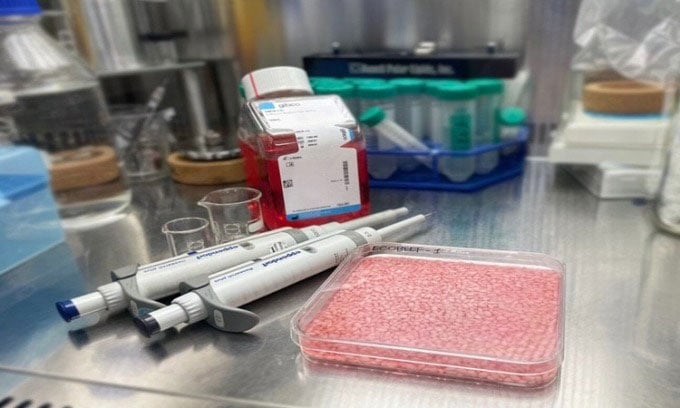
Beef-hybrid rice is cultured in a laboratory at Yonsei University (Korea). Photo: YONSEI UNIVERSITY
The beef-rice hybrid product has a much lower carbon footprint because the production process does not require animal husbandry. For every 100 grams of protein, beef-rice hybrid is estimated to release less than 6.27 kg of carbon dioxide (CO2), while beef production releases eight times more. In addition, if commercialized, beef-rice hybrid would cost about $2.23/kg, much lower than the price of beef.
Because of the low food safety risk and relatively easy production process, the research team is optimistic about commercializing the beef-rice hybrid product. The team will continue to research to develop more muscle and fat cells in the rice grain to increase its nutritional value.
"One day, these hybrid foods could be used to help with famine relief, provide rations for the military, and provide food for space astronauts," Science Daily quoted scientist Park So-hyeon.
Source: https://nld.com.vn/cay-te-bao-thit-bo-tren-hat-gao-de-tao-gao-lai-196240224201924929.htm











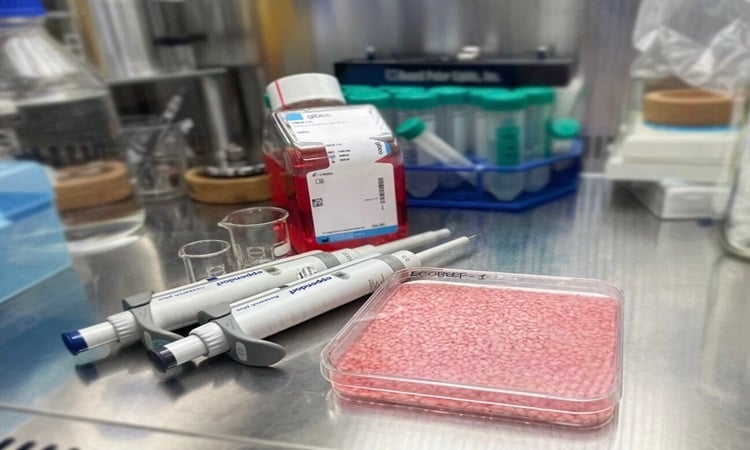




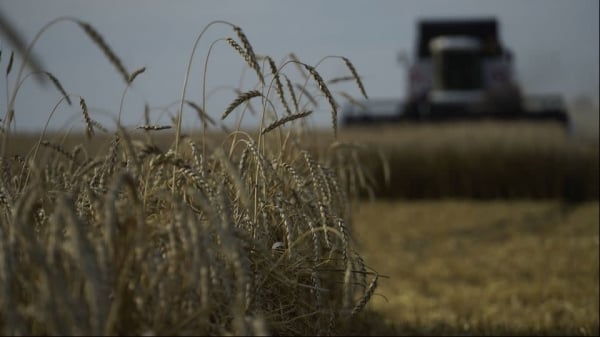














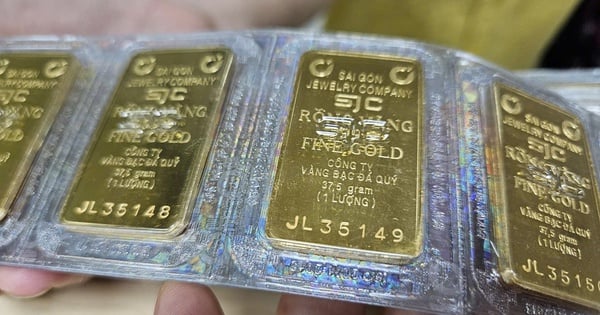




![[Photo] President Luong Cuong attends special political-artistic television show "Golden Opportunity"](https://vstatic.vietnam.vn/vietnam/resource/IMAGE/2025/8/22/44ca13c28fa7476796f9aa3618ff74c4)

















































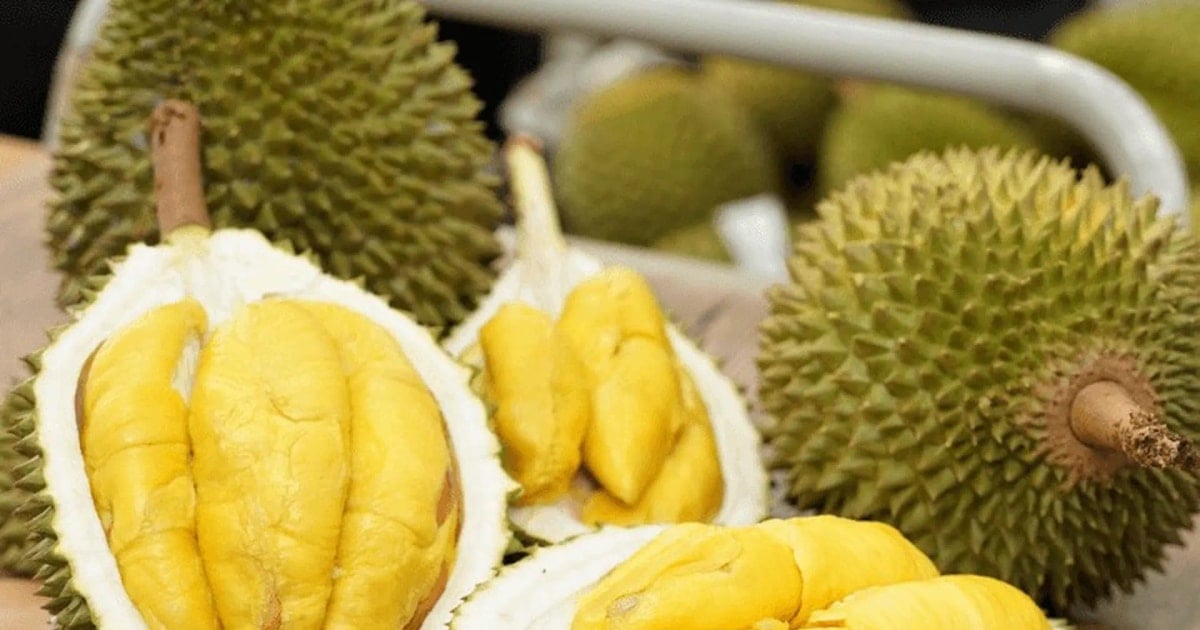




















Comment (0)